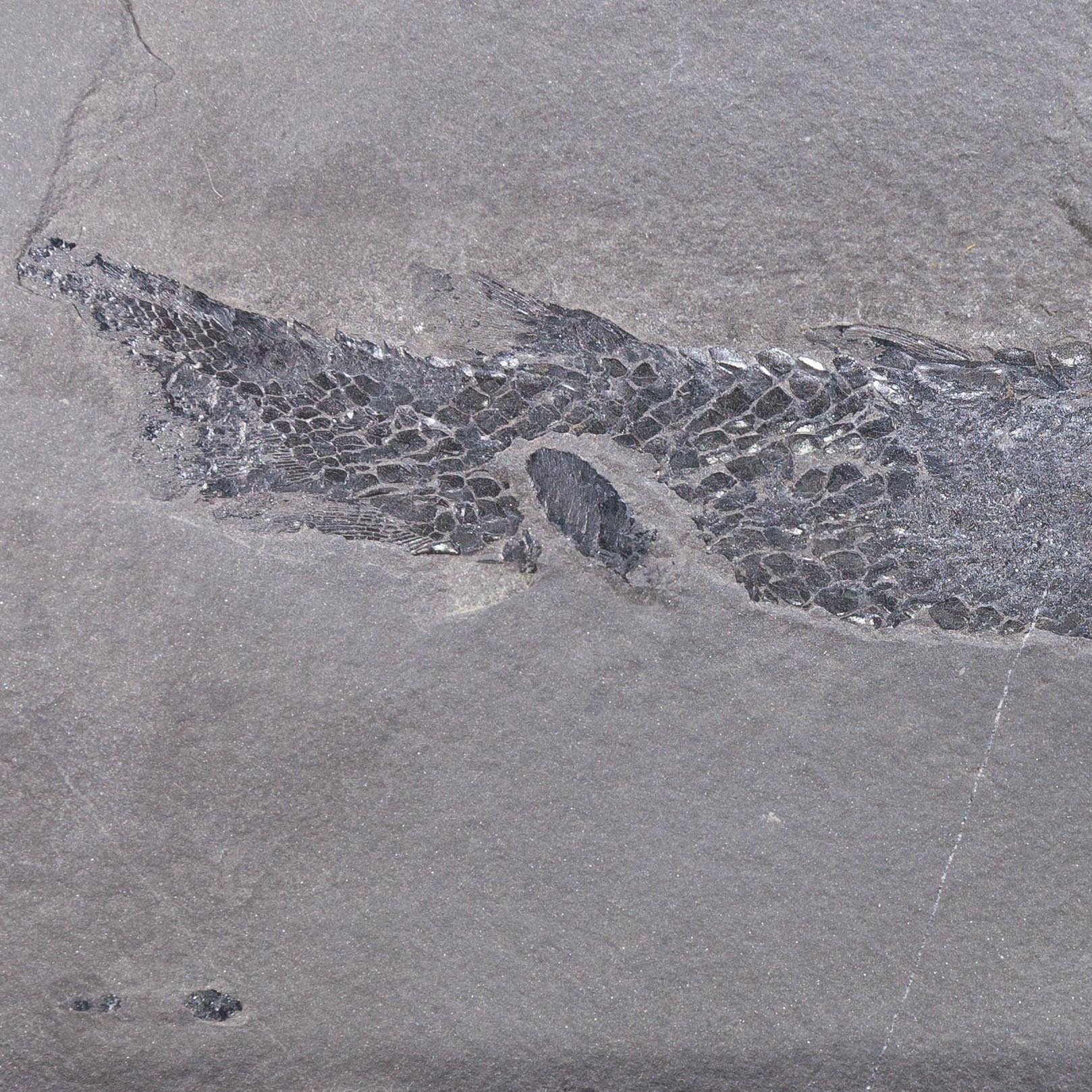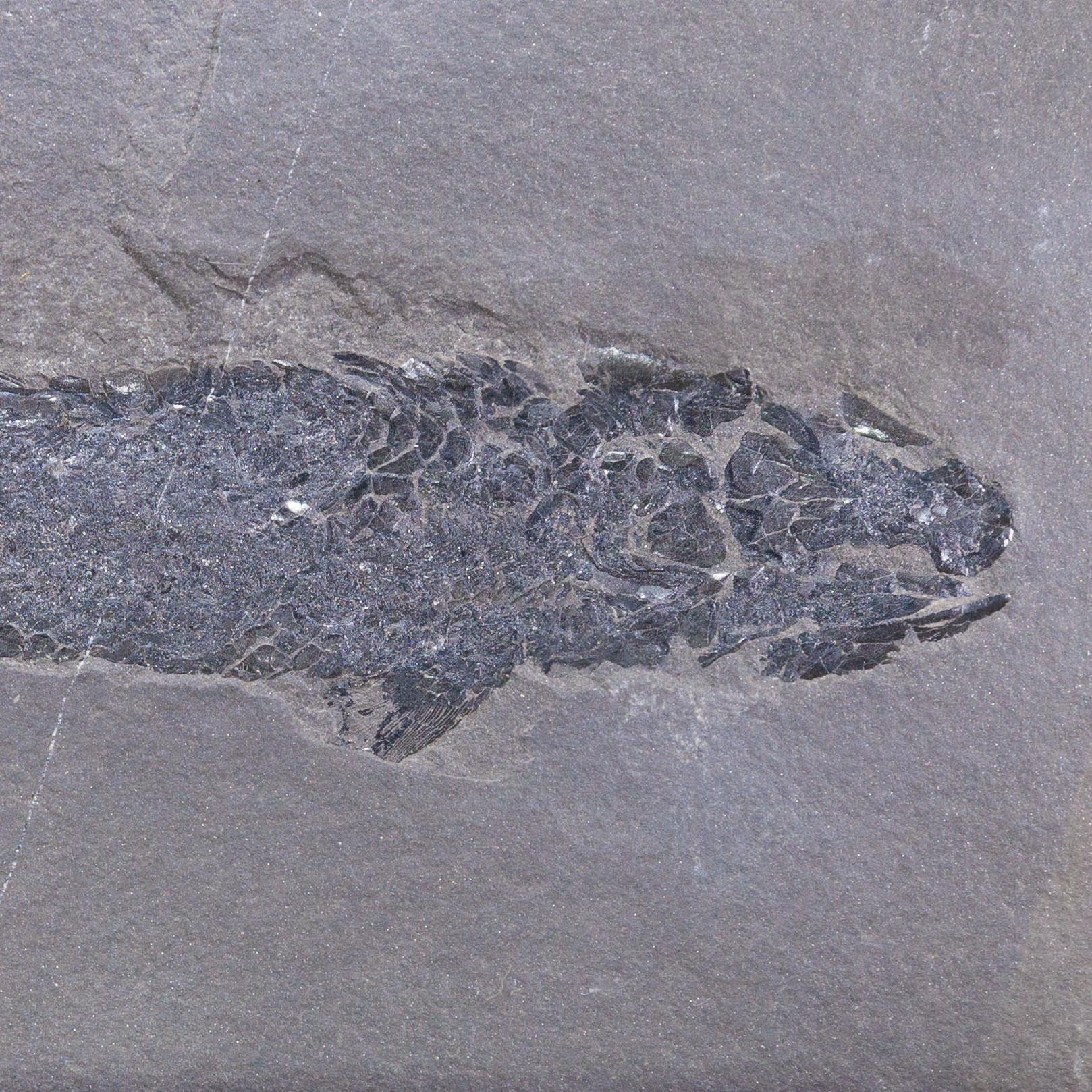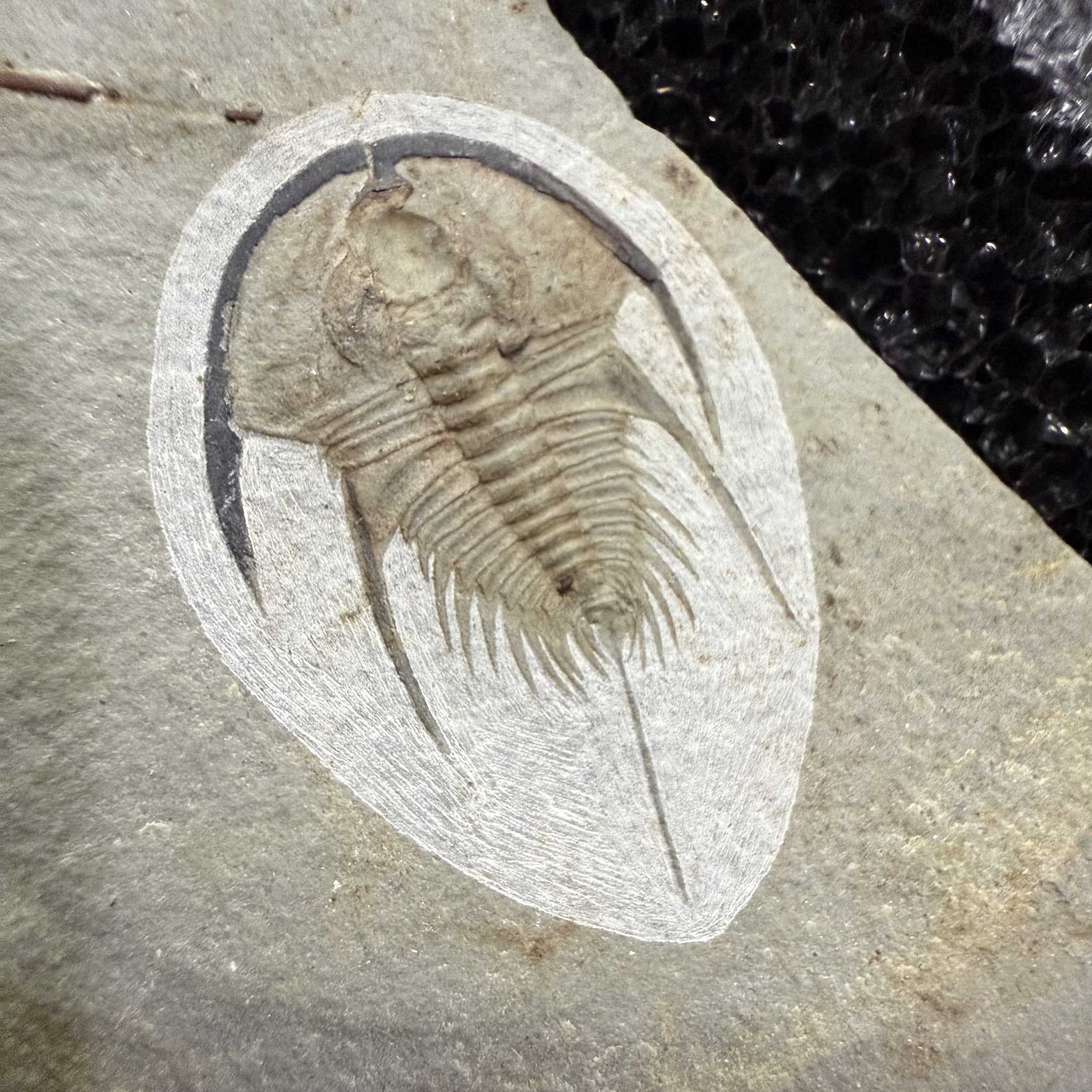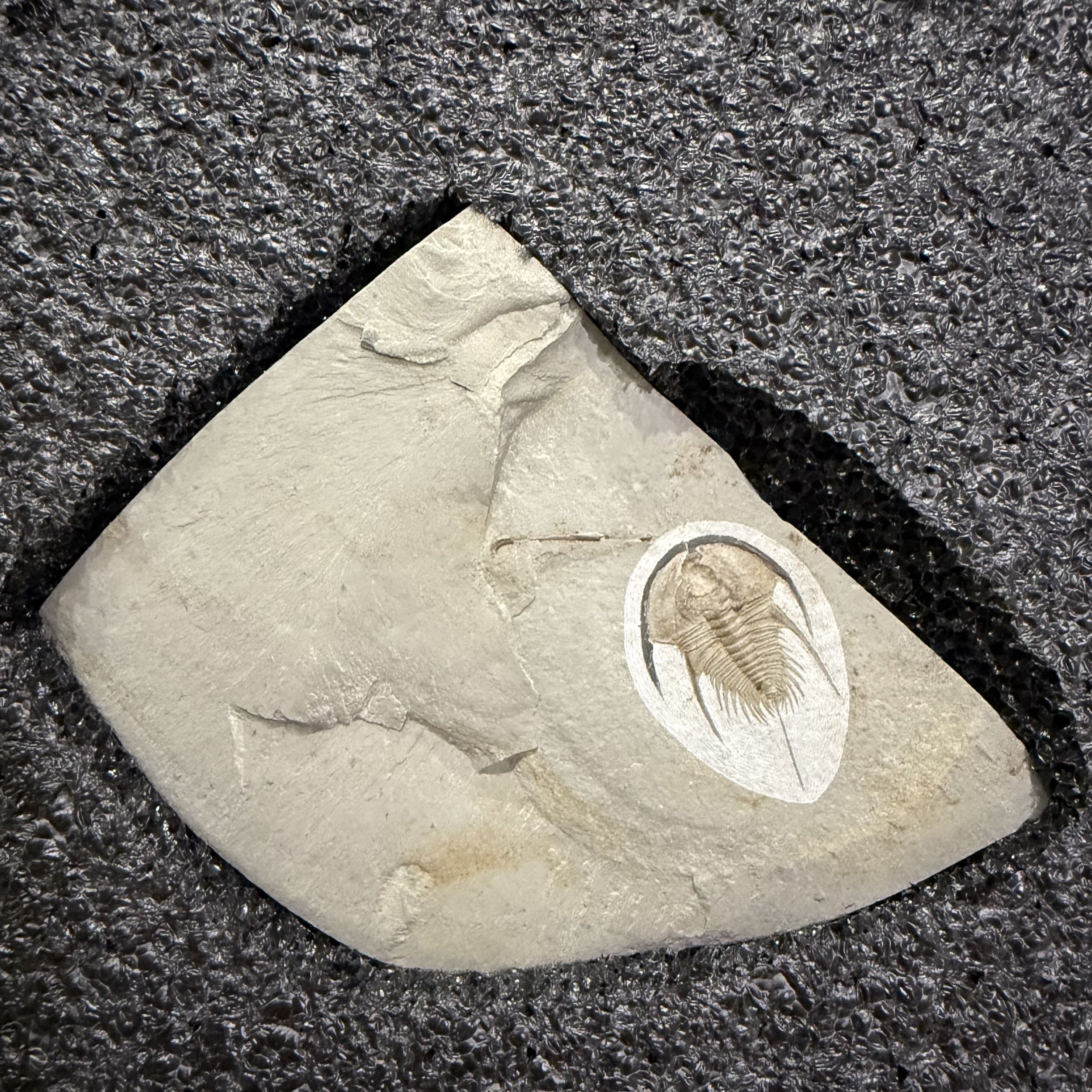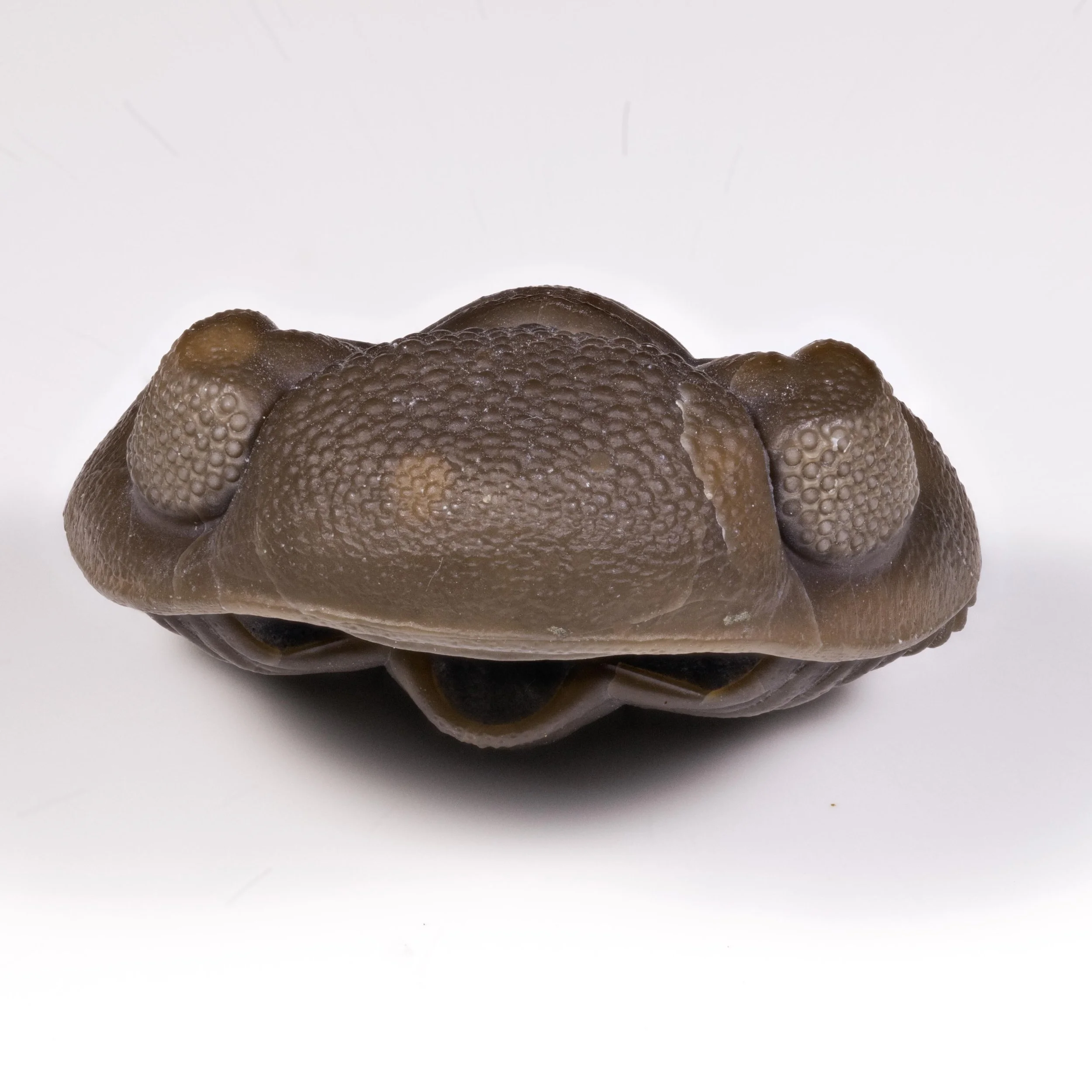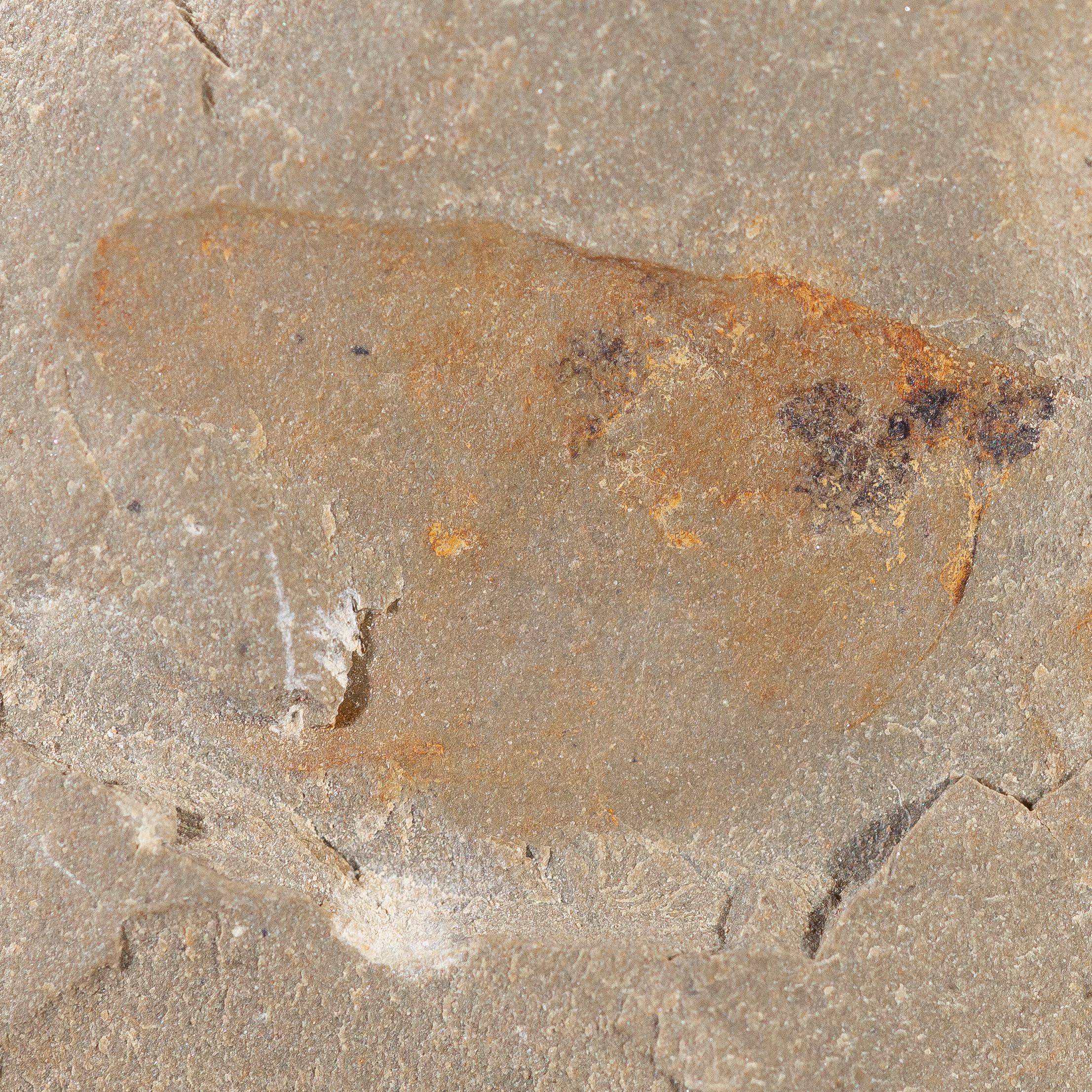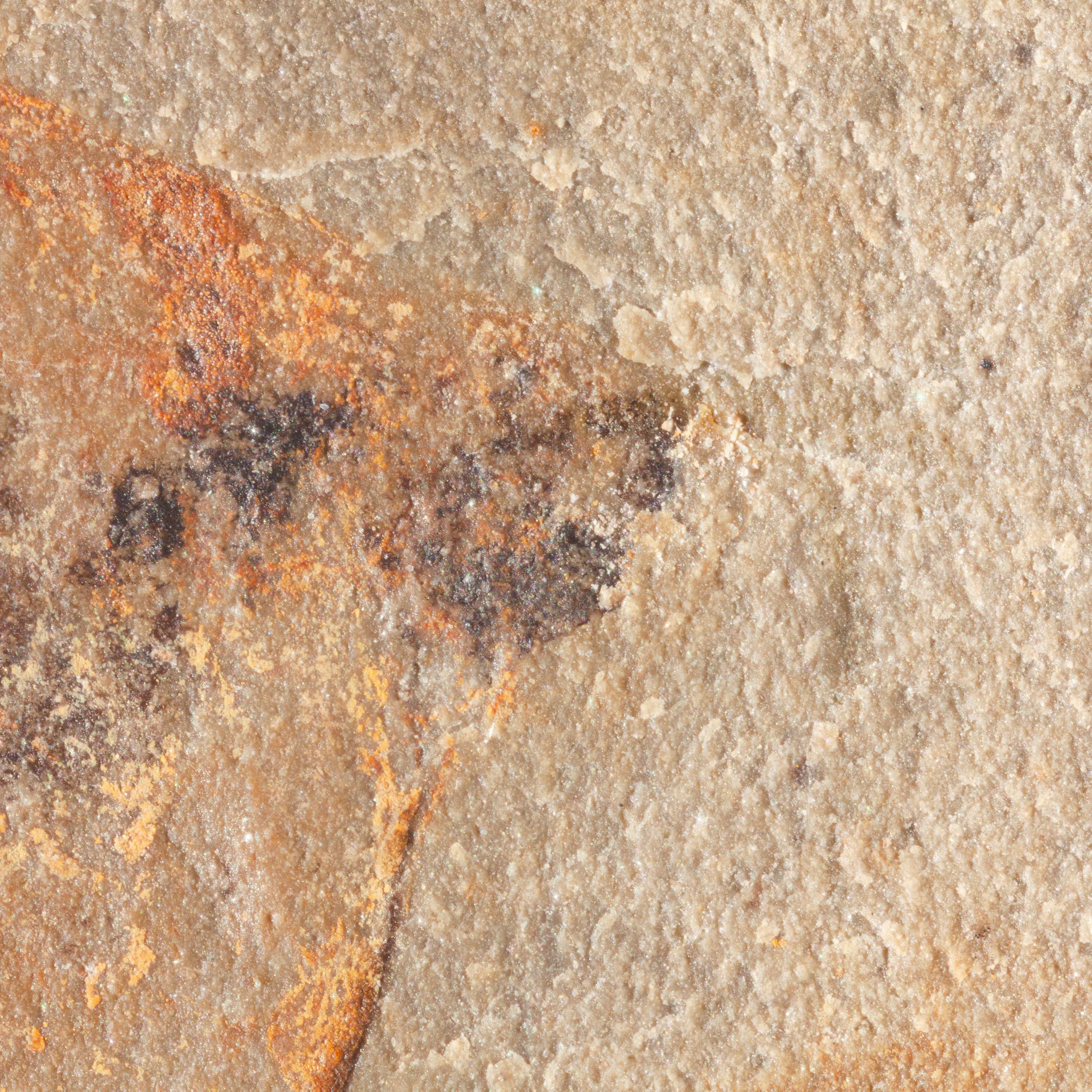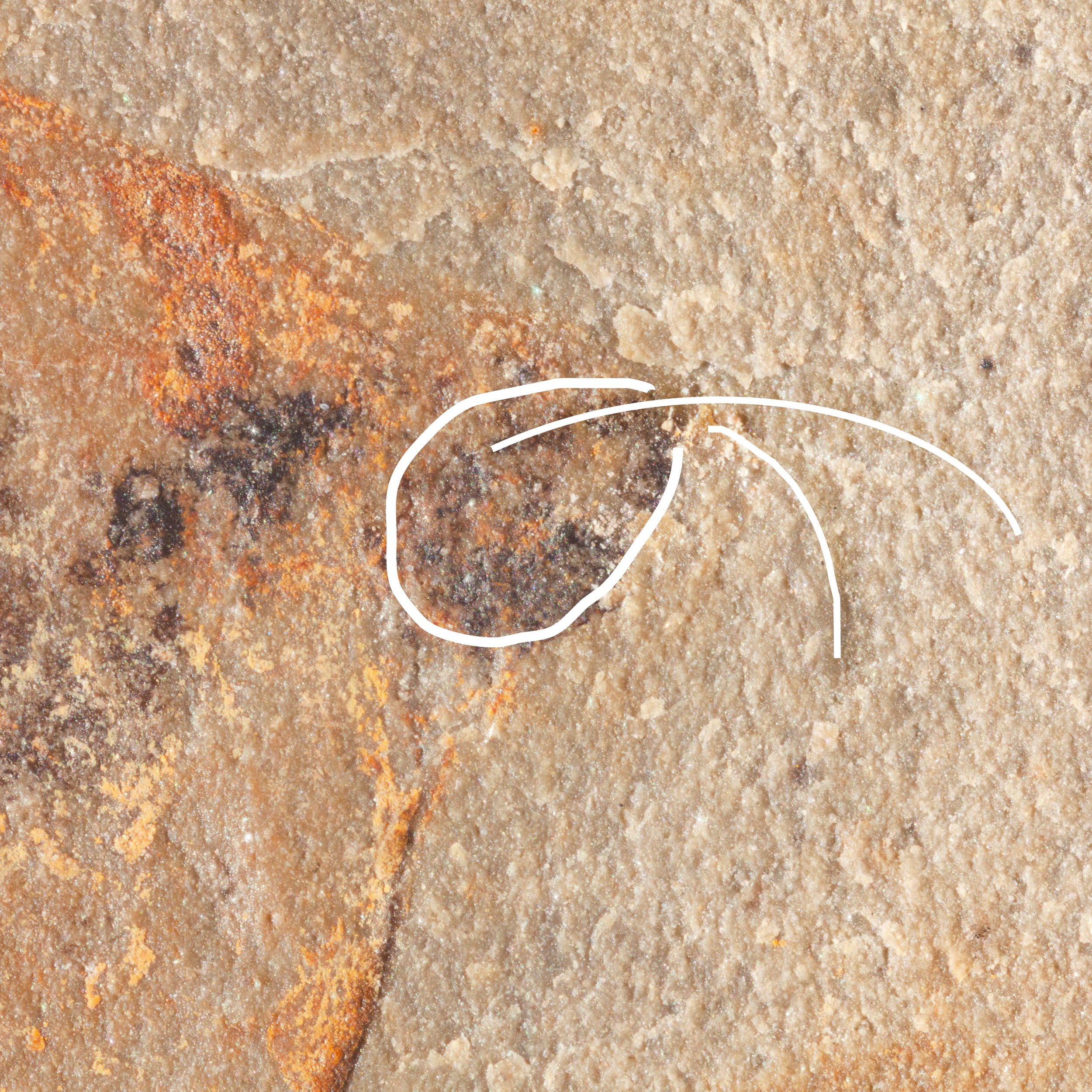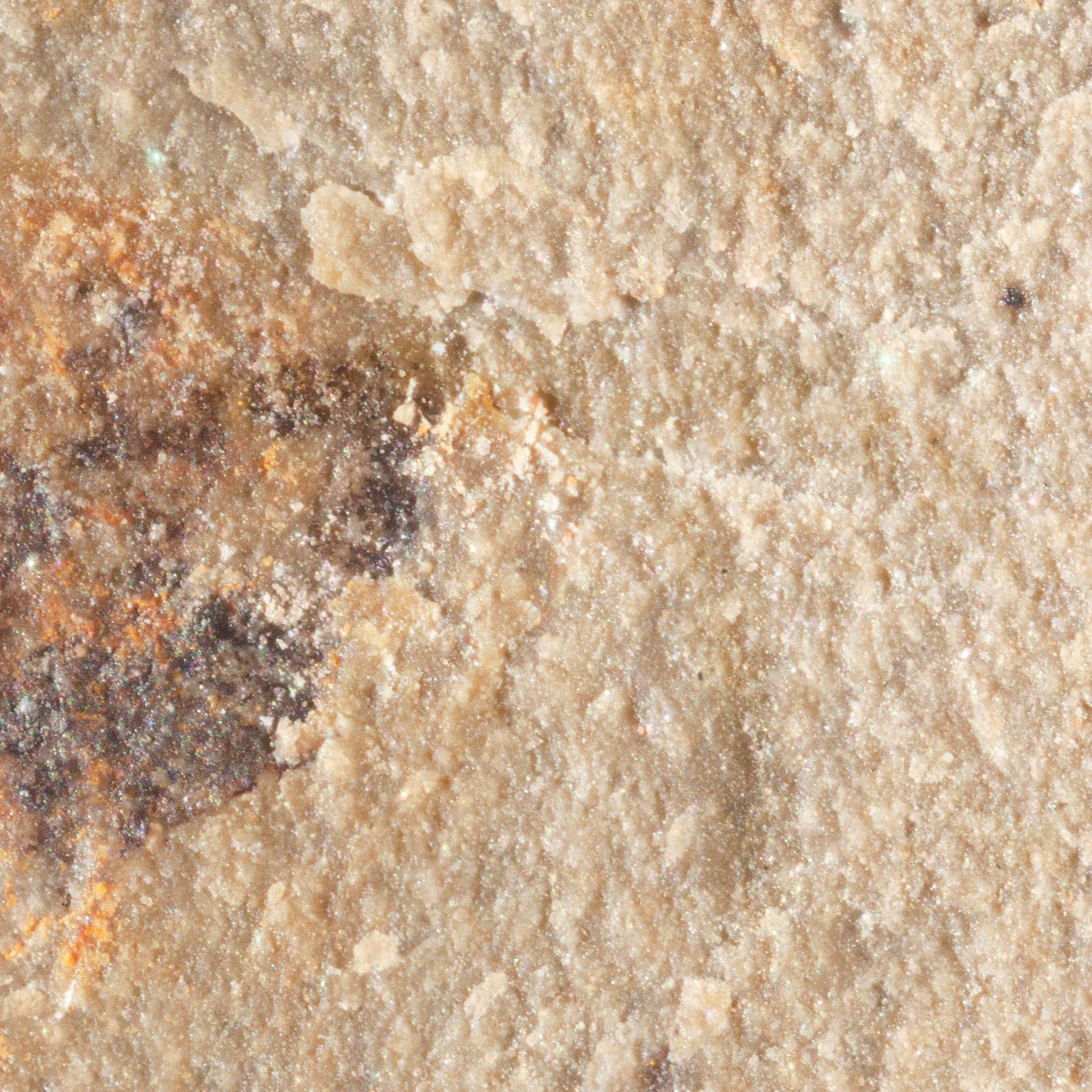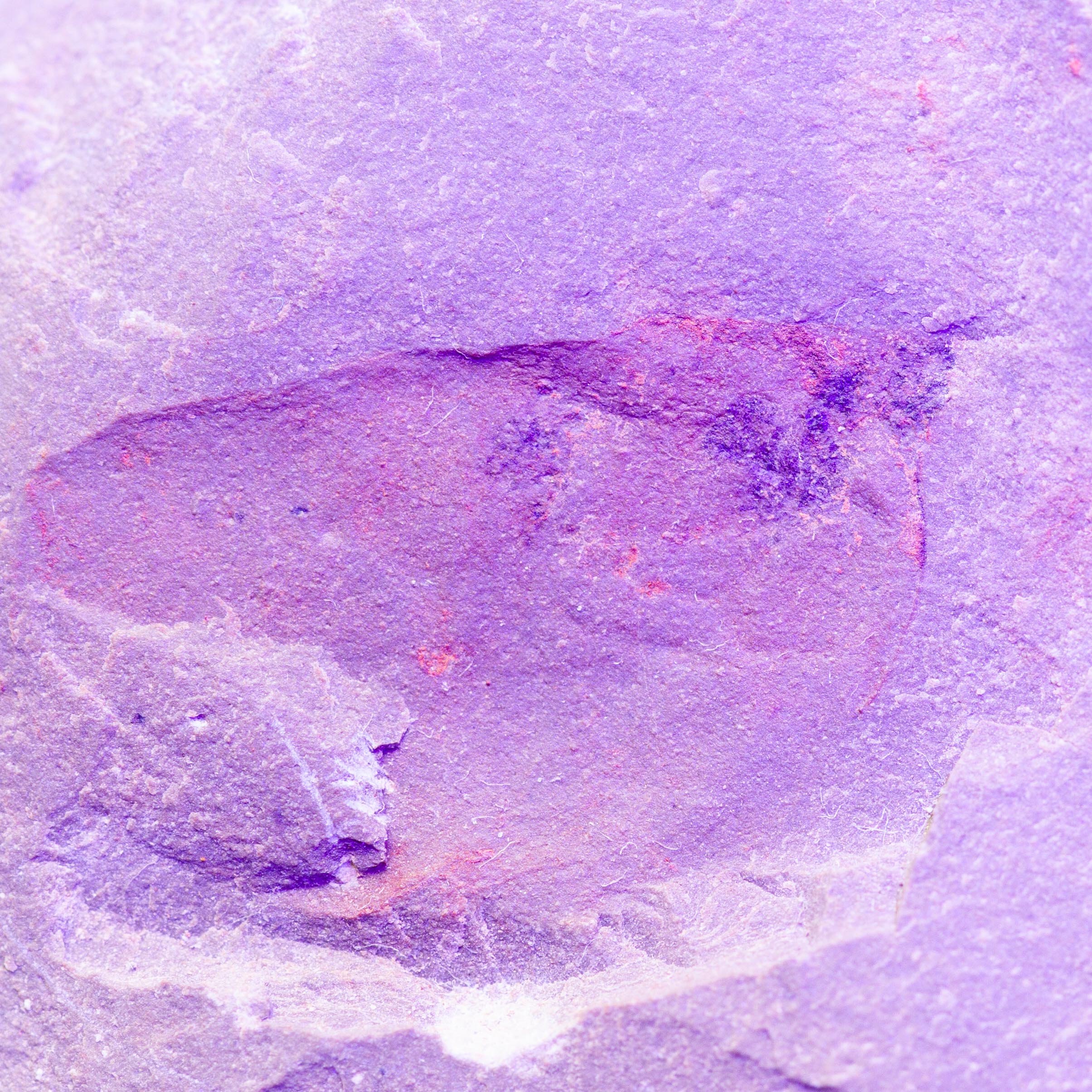Specimen Details
Matrix Dimensions
Specimen Dimensions
Shipping Dimensions
Additional Information
Osteolepis is an extinct genus of lobe-finned fish from the Devonian Old Red Sandstone of Orkney, Scotland. The fish are present in specific layers or “fish beds” of what was once a large freshwater lake. Lake Orcadie expanded and contracted, changing with the climate, sometimes expanding into the surrounding desert and other times losing large quantities of water to evaporation. The rate of sedimentation is thought to have been slow and consisted of fine grained material that perfectly preserves these amazing fish.
References:
A Landscape Fashioned by Geology - Orkney and Shetland - Alan McKirdy
Osteolepis



